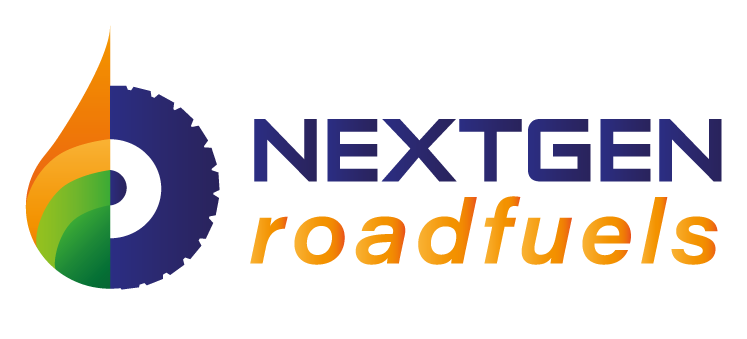Abstract
Aqueous phase recirculation (APR) during the hydrothermal liquefaction (HTL) process is a means to enhance HTL performance and lower the need for intensive residual water treatment. However, the obtained HTL bio-crude cannot be considered a drop-in biofuel partially due to its significant heteroatom content. Thus, catalytic hydrotreating is typically practised to upgrade HTL bio-crude to drop-in biofuel/biofuel precursors. This study establishes a holistic overview of the influence of APR on hydrotreated bio-crude. The employed strategy integrates a four-step APR process to a batch catalytic hydrotreating process operating at mild (350 C) or severe conditions (400 C). APR revealed promising results in terms of bio-crude yield and energy recovery. However, the heteroatom content of the resulting bio-crude was noticeably elevated. Regardless of the operational conditions, hydrotreating experiments disclosed a higher oil yield while treating the first cycle’s bio-crude along with limited coke formation. Although the added oxygen content by APR was offset through hydrotreating, the nitrogen content of the hydrotreated bio-crude in the consecutive cycles significantly increased. The elemental distribution results revealed that APR increased the nitrogen distribution in the hydrotreated bio-crude. Hence, higher quantities of hydrogen and severe hydrotreating conditions were required to obtain a suitable drop-in quality of the biofuel.
Authors
Komeil Kohansal, Kamaldeep Sharma, Muhammad Salman Haider, Saqib Sohail Toor, Daniele Castello, Lasse Aistrup Rosendahl, Joscha Zimmermann and Thomas Helmer Pedersen.
Full paper can be found here.
